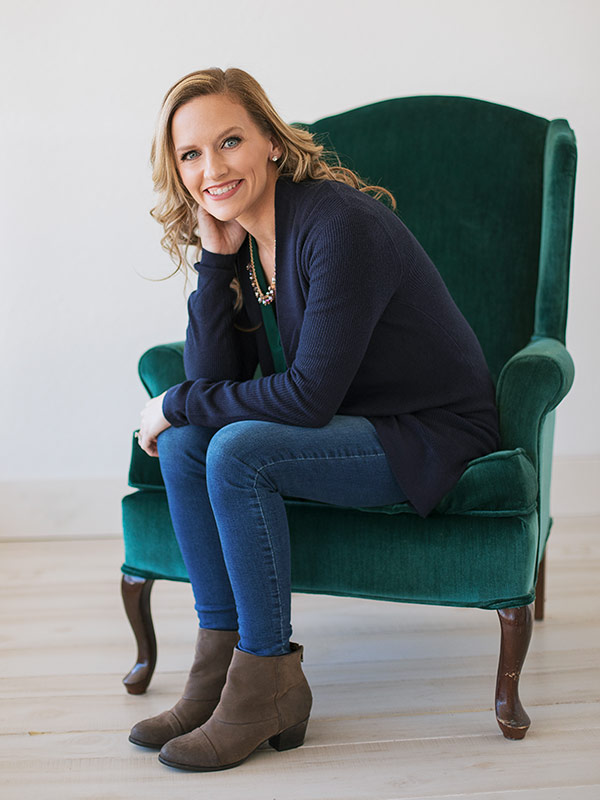It’s no secret that the thought of a home construction project can bring on anxiety for just about anyone. Building or remodeling the most expensive thing that you own can be stressful, and paying for it is typically the root of the anxiety. So, why can’t there be a way to make homeowners feel more at ease so that this process can be a more enjoyable one? Well, I feel like there is. Educating clients (and potential clients) about the home building or remodeling process is so important… and why I started this blog actually. When you know what you’re getting into; when you feel informed about what could be; and when you have the confidence to ask the right questions… that’s when you feel like you have a grip on your project and your money.
So, this week’s blog is about 10 of those building costs that sometimes get overlooked. At Sockness Builders, we know about these costs and always bring them up with our clients so that they are informed about whether or not we have money in our contract for these particular items. But if you’re reading this blog today and you’re currently in a project with another builder, make sure that either you or them have accounted for these costs somewhere along the line. Or even if you’re doing a DIY remodel project at your house, this list includes topics that you may not have budgeted for, but you’ll probably have to pay for at some point. Check out the list, create your budget, and go into your next project knowing that none of the topics on this list will be a surprise to you in the end.
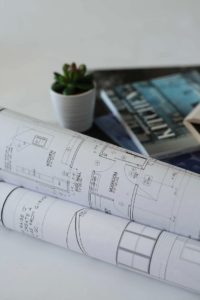 Plans and Copies
Plans and Copies
Before any new, custom house can start (or if your remodel project is an extensive one) you’ll need a set of plans. Your builder will use the plans for sending to all of the subcontractors that submit a price on your project too. In this tech savvy world, many subcontractors can bid off of an electronic copy of your house plans, but there are still some that feel like they can give a more accurate proposal after looking at a full-size set. Make sure you know who is responsible for these costs- you or your builder. Is it included in your contract, is it an allowance, or is your builder assuming that you’ll be paying for this?
Builder’s Risk Insurance
Unless you’ve built before, you may not know that you’ll need to take out a builder’s risk insurance policy when you’re in the new home construction process with a general contractor. By definition, it’s a policy that protects against damage to buildings or loss of materials, fixtures, etc. while they are on the job-site; under circumstances covered by the policy. For example, imagine that a load of lumber got delivered to your job site and before it was used someone stole it? That’s what this policy protects against. Talk with your insurance agent about adding this to your current policy for the duration of your build, and consider that you’ll be paying a little extra for this.
Services + Utilities
When you build a new house, it’s common that you, as the homeowner, will be responsible for costs of utilities and services. This means paying for new service to get to your lot, and then also paying for the utility bills during the build or remodel. If you’re building in a more rural area, you will want to do your research and figure out which companies to use for gas and electric. These companies will typically cover the cost of getting service to your new house, but only to a point or a certain length. Depending on how far back your new house will be set from existing lines, it could cost extra money for the energy company to reach where it needs to go.
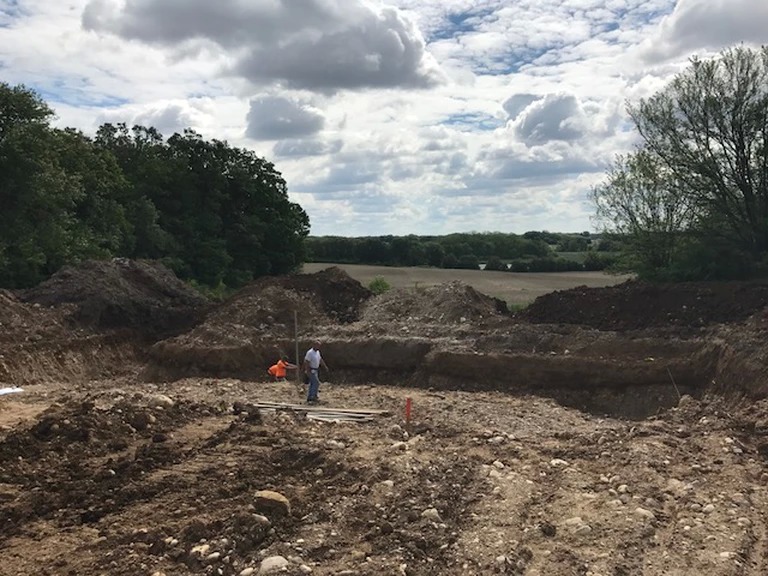 Lot Clearing & Shaping
Lot Clearing & Shaping
It’s common to think that once you’ve paid for your lot, there won’t be any other costs involving the land… but don’t forget about any work that may need to be done just to get to the point of being able to excavate for a new house. Does your lot have trees that need to be cleared? Does that lot need to be shaped in a way that will allow your house to sit the way you want it? Moving trees or dirt is a big job, and a lot of times it comes with a big cost. Know what you’re getting into and make sure that you and your builder discuss exactly what it will take to get your lot ready for building on.
Closet Systems
Sometimes people think of closet shelving as an afterthought when they’re building a new house, but it really shouldn’t be. I mean, does a walk-in-closet really do you any good without a strategic shelving or organization system? Probably not. In my own experience with building, closet shelving costs a little more than I expected. Especially when you’re looking to fill an entire walk-in-closet or pantry. So, be sure to consider what you’re hoping to achieve with shelving and make sure that you and your builder discuss this ahead of time.
Appliances
If you’re building a new, custom home – it’s likely that the cost of new appliances will be your responsibility. Just make sure that you are aware of whether or not your contractor includes this category in the cost of your new home. Visit an appliance store ahead of time and get a general idea of how much you’ll be spending so that this doesn’t end up as a surprise cost towards the end.
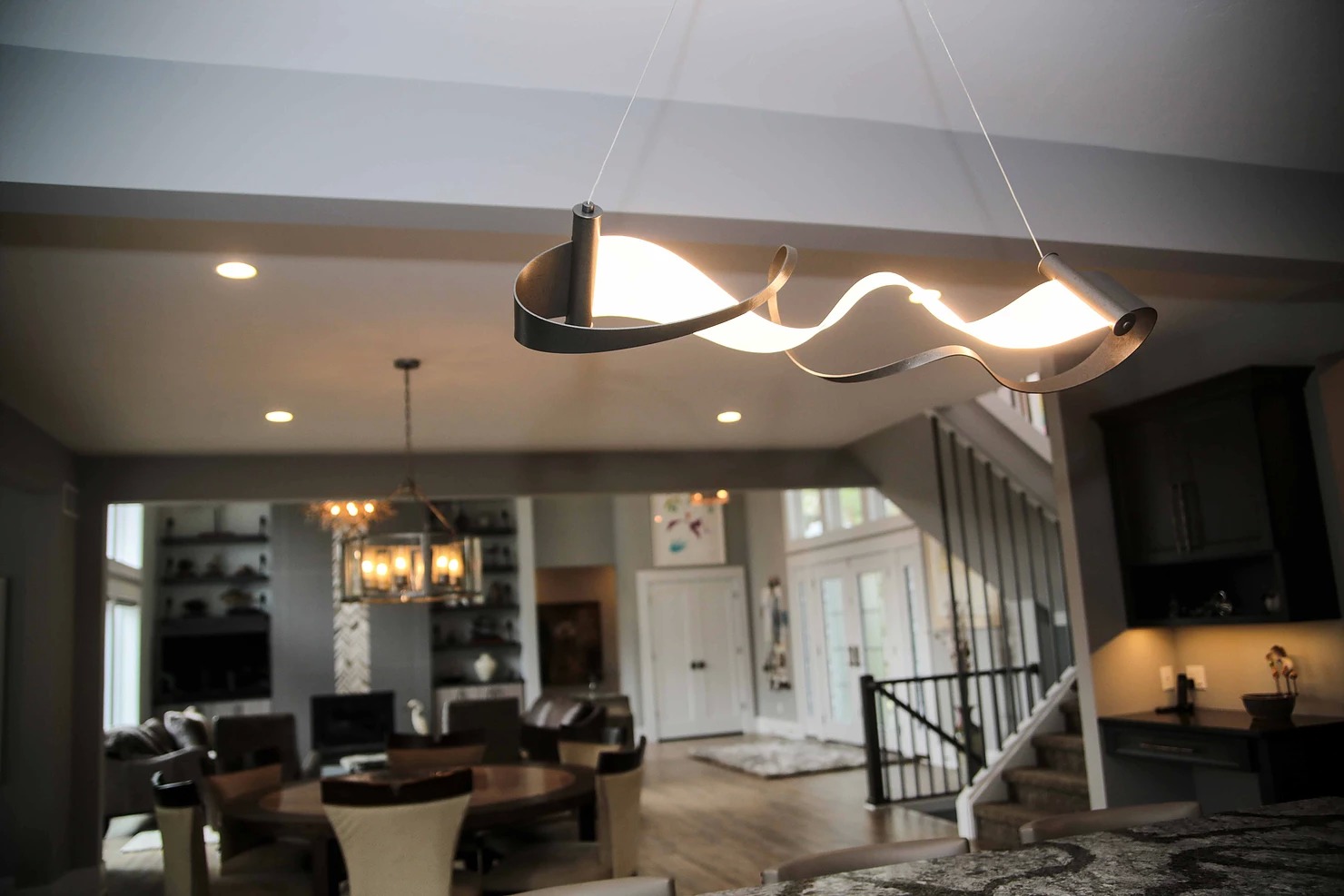 Light Fixtures
Light Fixtures
Since light fixtures are one of those decisions that is based so heavily on owner selection and style, it’s typically a category that we either include as an allowance (meaning you’re in control of how much or how little of that allowance you spend) or we let this category be “by owner.” If you’re building new, consider just how many light fixtures, fans, bulbs, etc. that you’ll need. It’s something that adds up quickly when you have to purchase so many.
Window Treatments
Personally, when we were building our home this is one of those categories that I overlooked – and it happens so often. Since window treatments seem like such an afterthought considering all that has had to happen in order to get your home to this point in the building process, it’s easy to forget about it. But here’s the deal… you probably can’t get by with no blinds on your windows at all, and blinds are probably more expensive than you think. At least my 30-something self was surprised when it came time to pay for this part. So, if you want to make sure that you don’t have any surprises, budget for blinds.
Final Cleaning
Depending on the scope of your project, you might want to consider who will be doing the final cleaning? If you’ve ever built a new house before, then you know that once the workers are done, that doesn’t always mean that your place is move-in ready. Especially in a new construction situation, there is So. Much. Dust. We usually ask our clients if they would like us to include an allowance for final cleaning so that once the project is complete, they have money in the budget to hire someone to get everything cleaned up before moving in. Let’s face it – moving to a new house is stressful enough without worrying about the hours of cleaning ahead of you. Or, maybe you’re totally okay with taking this cleaning project on by yourself – at least just make sure you account for it.
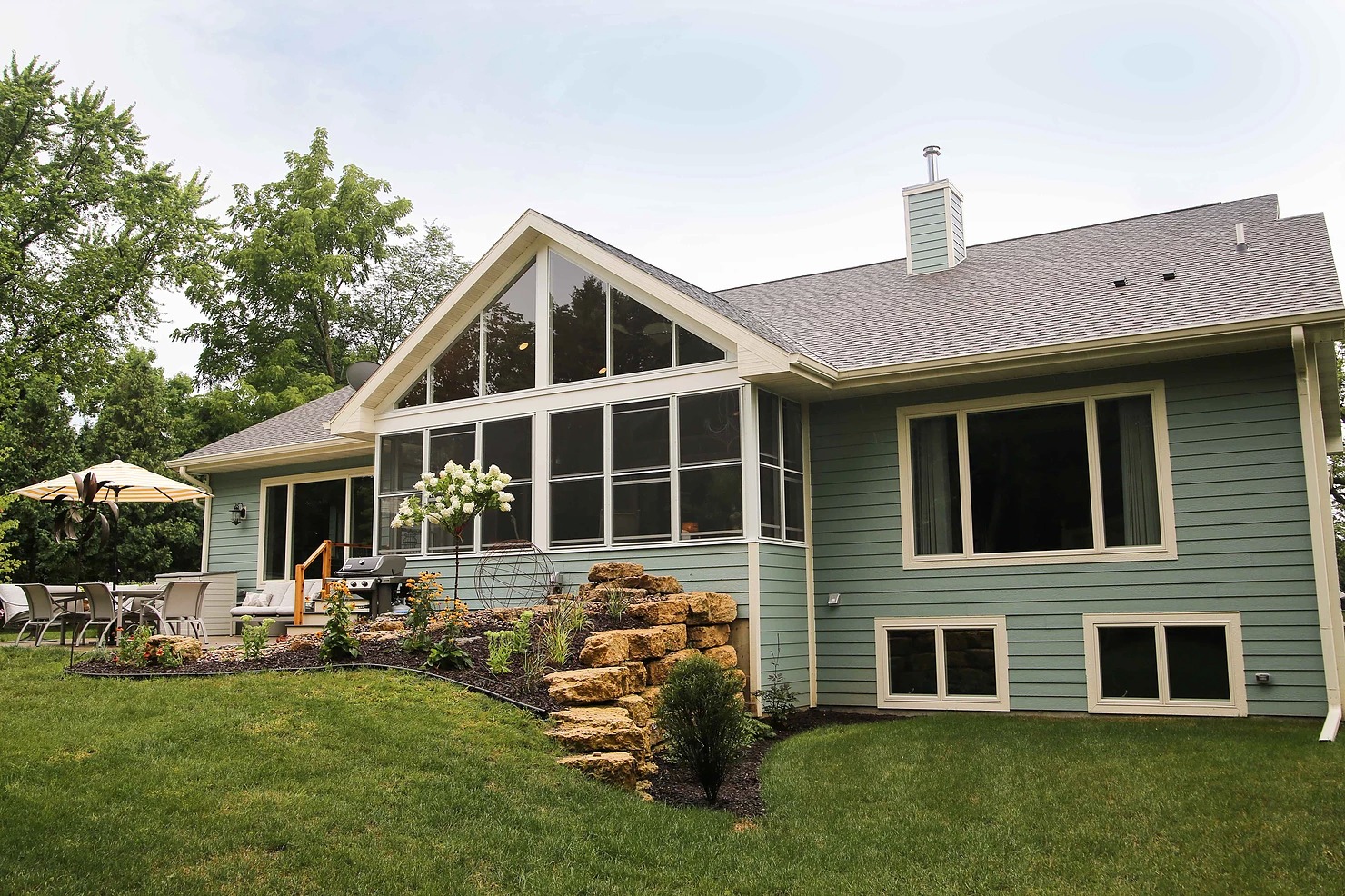 Landscaping
Landscaping
Since this is something that happens at the very end of a house project, it’s a category that not everyone thinks to budget for from the get-go. On a new house or a remodel that involves adding or removing walls, the dirt around your house will be needing some TLC by the end. If you can, include landscaping in your plans for construction. Whether you get landscaping done right away when your project finishes up, or you wait until the time of year permits, having the money accounted for right away will make you feel like you have your bases covered.
#socknessbuilders #buildhappy #buildhappyblog #newhomeconstruction #remodeling #housebuild #newhouse #newbuild #homesweethome #homeinspo #newconstruction #remodel #homebuilding #generalcontractor #buildingtips

